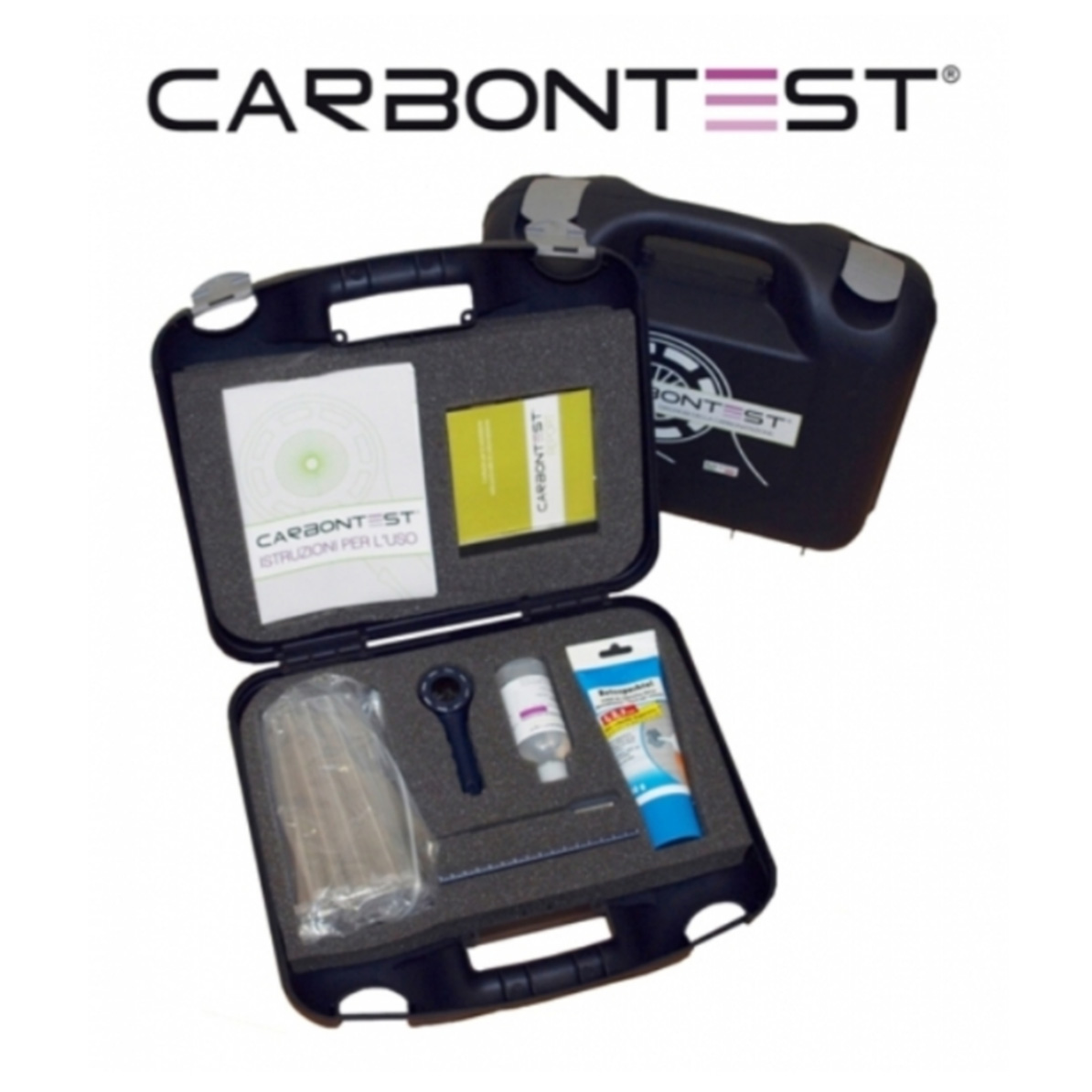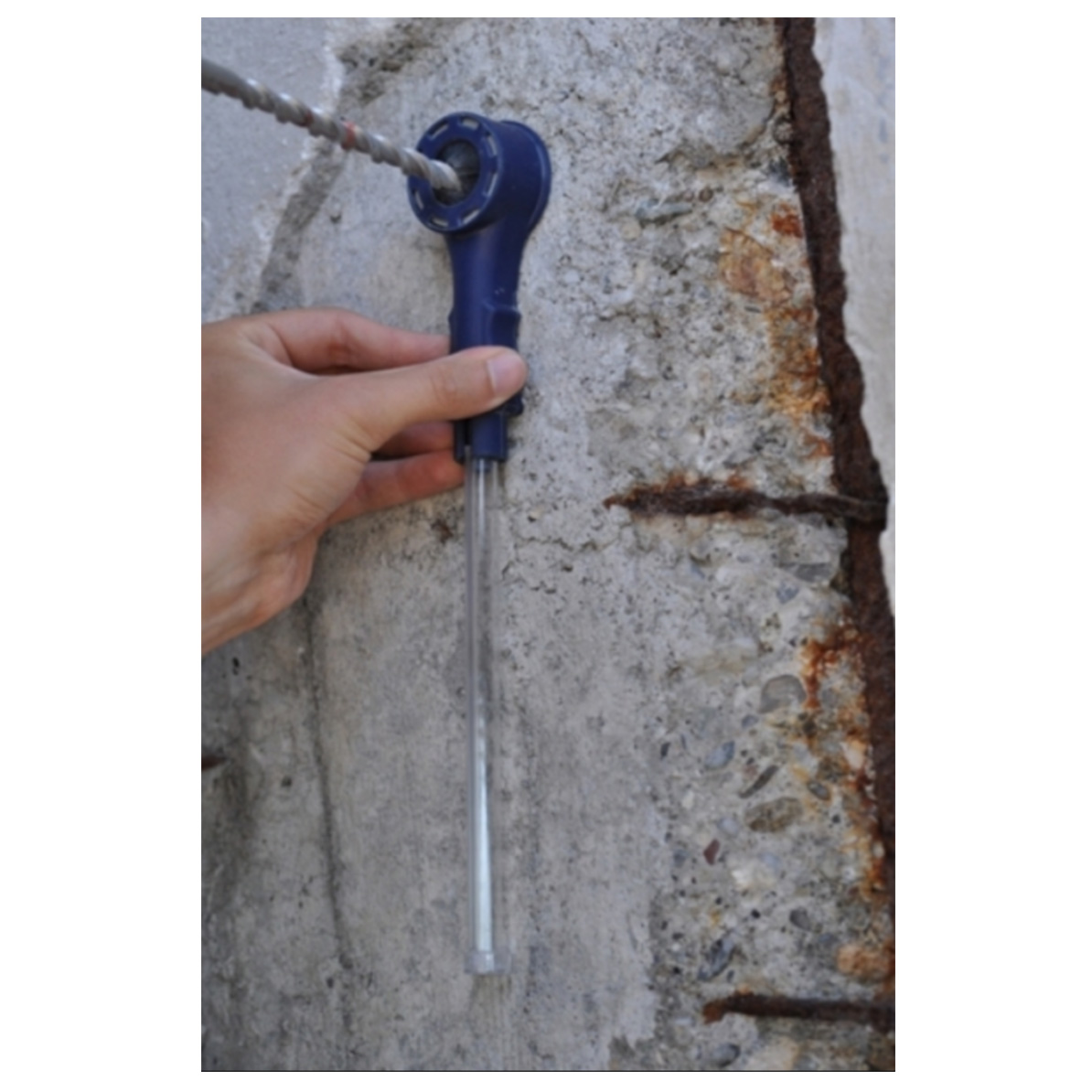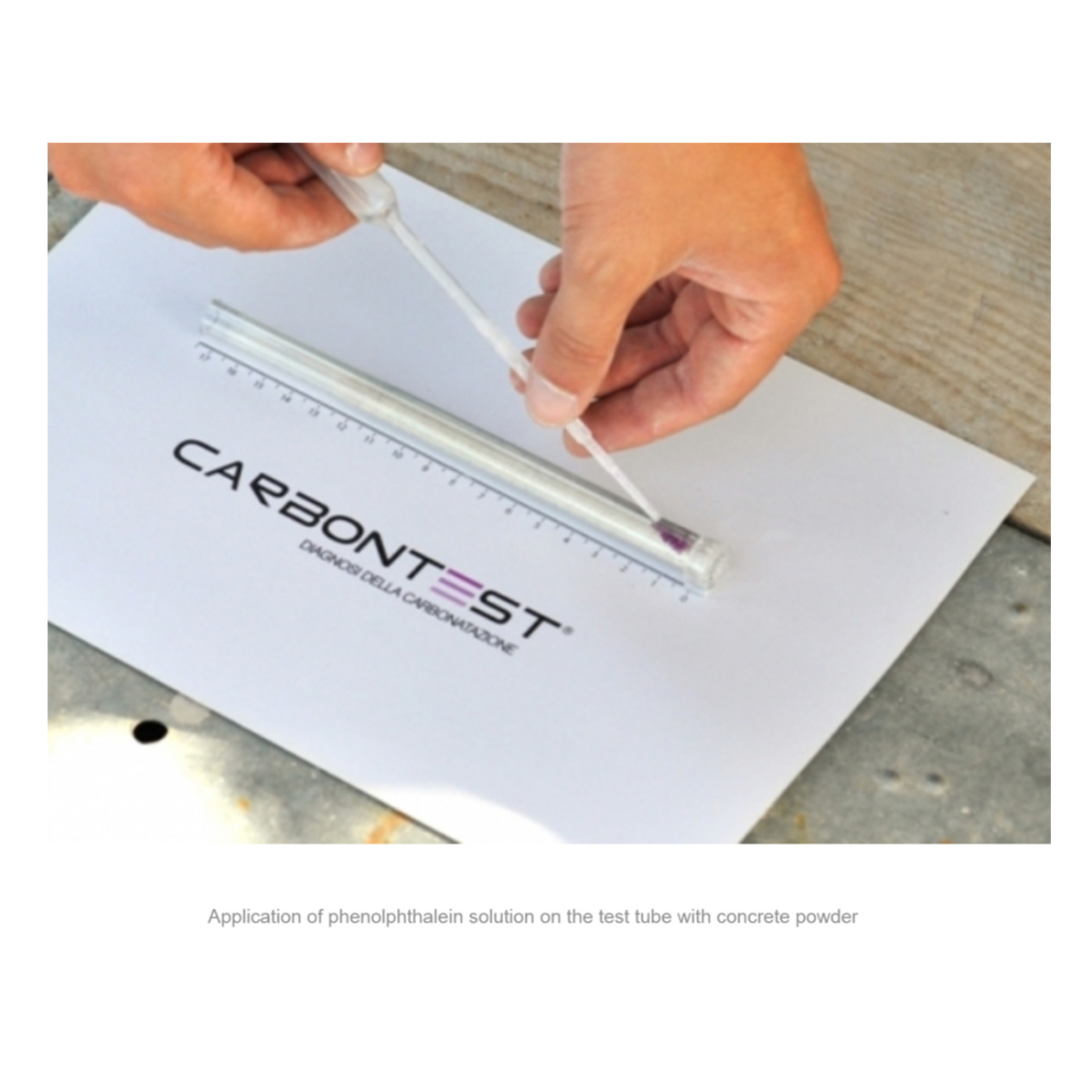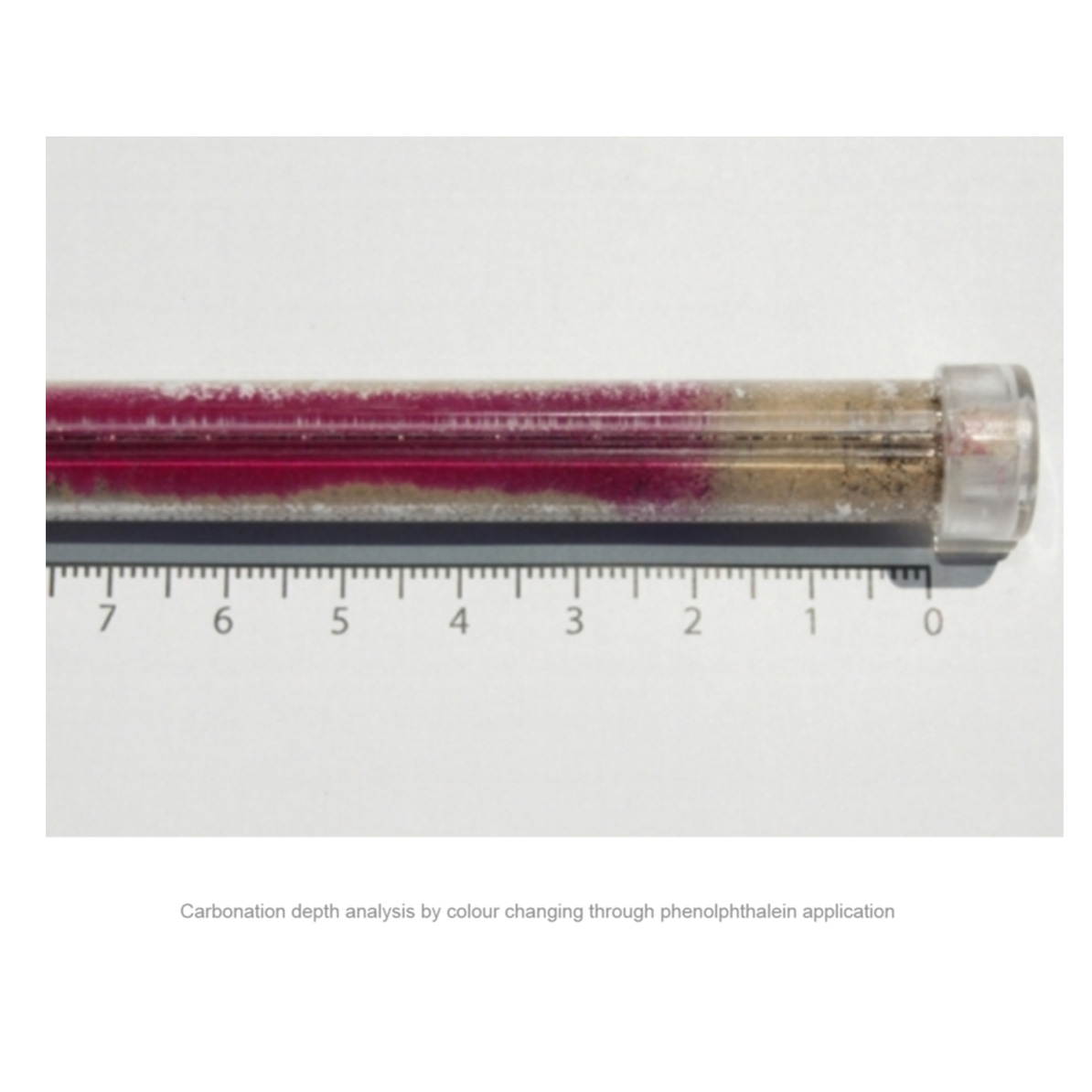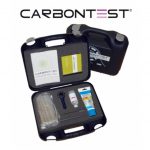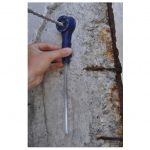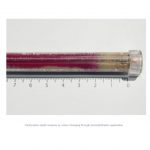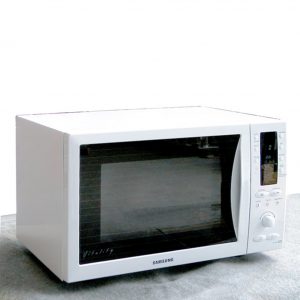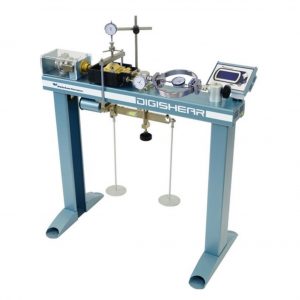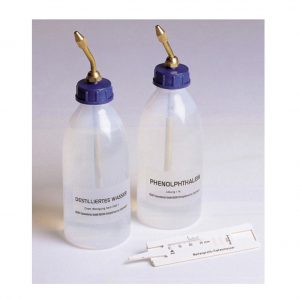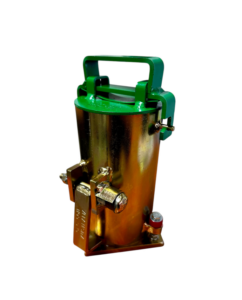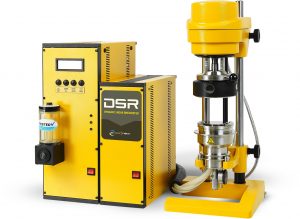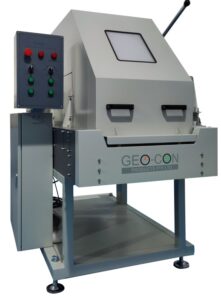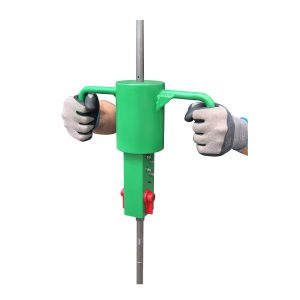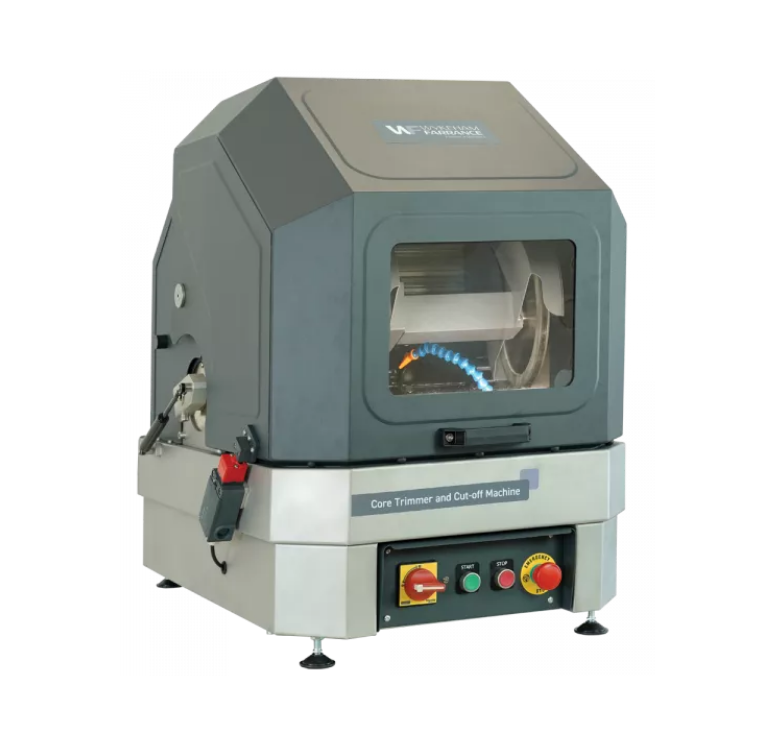Description
Carbonation is a serious problem for many reinforced concrete buildings that have been in service for some decades. Carbon dioxide in the atmosphere, when it comes into contact with concrete, starts off chemical reactions which tend to reduce the concrete’s protective effect on its reinforcements. It is an invisible and often underrated phenomenon because it can be easily confused with other better known ones, but it is inevitable and arduous to remedy. Carbonation is a precursory condition for corrosion, which will take place when there is oxygen and water present. Expansion due to corrosion reduces adhesion to the concrete, and is a risk for the safety factors on which the structural planning is based.
Preventing carbonation is the only possible way of preventing the decay of a reinforced concrete structure. As the decay goes on, safety is undermined and costs for restoration works may rise. In order to reduce the resources needed for, and ensure the safety of, the restoration works, taking action at the start of the carbonation process is strongly recommended. It is only awareness of the extent and evolution of the depth of carbonation which allows proper management of reinforced concrete works.
In order to evaluate the decay of a structure, it is necessary to use an efficient and effective method of analysis, which is simple and cost effective, quick and practical: CARBONTEST®.
CARBONTEST® is the innovation in establishing the depth of carbonation. It introduces a new method of sampling, which is based on collecting the powder during a perforation carried out using a common percussion drill. A collecting device (picker), designed in careful detail to optimize the powder flow, has been developed to implement the method. Proper designing of the collection container allows analysis of the powder, making use of the chemical colour change of phenolphthalein in a quick and accurate manner.
The collection tool for the sample to be analyzed is especially light, handy and portable so as to allow analysis by a single operator without needing specialized technical help.
The possibility of performing independently both the collection of the powder produced by perforation of the concrete item and the later analysis of the powdered material, simplifies the traditional analysis procedure and makes it especially cost effective and usable for a vast number of structures.
CARBONTEST® Kit complies with the provisions of the UNI 9944:1992.
Technical Specs
- Hole depth: maximum 40 cm
- Hole diameter: 10 mm
- Phenolphthalein: Sensitivity pH 8.3 to pH 10.0 test pass range
- Dimensions: 390x340x140 mm (L x W x H)
- Weight approx.: 3 kg
CARBONTEST® Kit is provided with:
- 1 no. picker to collect the powder. The bottom part of the ring ends in a funnel that directs the powder into the relevant test tube
- 25 no. test tubes made of styrene acrylonitrile 18 cm long and with an inside passing width of 9 mm. The transparent container has a special thin cut along its length which lets the chemical reagent through while keeping the powder inside
- 1 no. measuring ruler with graded notches in cm and inches, designed to fit into the hole and to measure the powder collected in the test tube
- 1 no. bottle of 1% alcoholic solution of phenolphthalein , featuring a reaction range between pH 8.3 and pH 10.0 which determines a colour change to pink of the powder not affected by carbonation
- 1 no. Pasteur pipette which makes it simple and easy to place the phenolphthalein along the thin cut of the test tube
- 1 no. cartridge of universal plaster for cement, 250 g, suitable for smooth surfaces and for sealing the collection hole. Grey in colour, it can be polished and painted for indoor and outdoor applications at temperatures between +5°C and +30°C
- 1 no. block of survey sheets specially researched and designed for use when performing the survey. These sheets can be used to write down the key information at the point of collection and the measurements made for each test
- CARBONTEST® Report, processing software for creating a technical report, organizing the results of the collection in summary sheets and setting up diagrams of the propagation of carbonation in order to forecast the remaining life of the structure being analysed
Accessories
Spare parts
58-E0066/1
Spare kit with 25 test tubes, 125 ml phenolphthalein solution, 250 g cartridge of universal plaster.
58-E0063
Phenolphthalein set.


